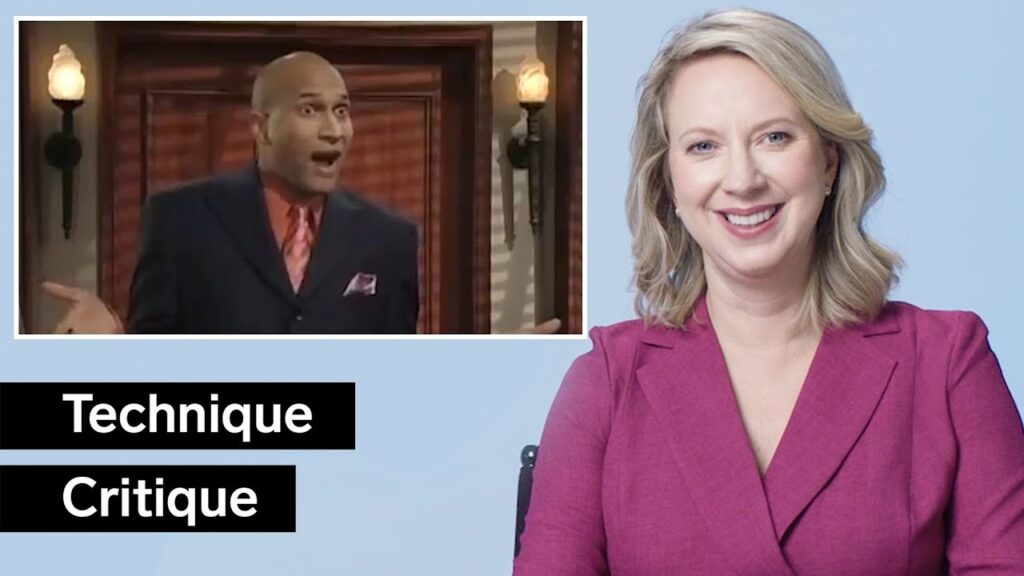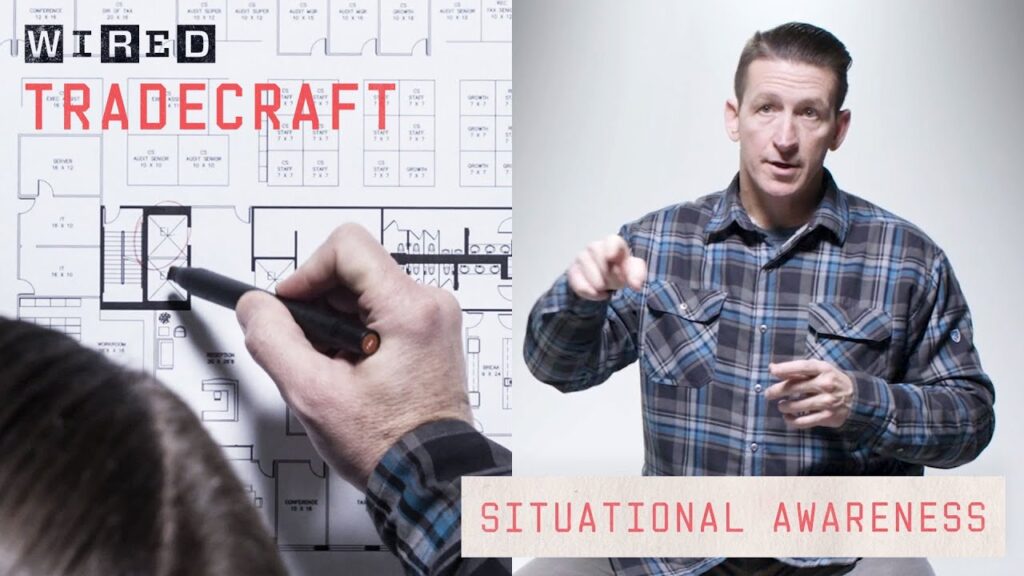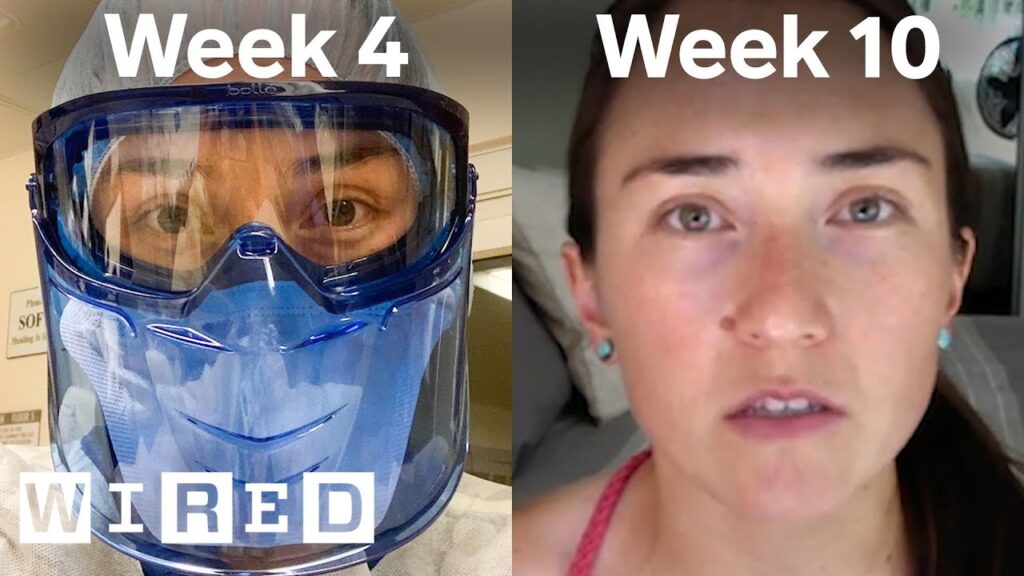The Art of Drumming: Techniques and Expressions
Summary
In this article, we explore the various techniques and expressions used in drumming, including orchestration, drum fills, embellishments, groove, polyrhythm, and four-way coordination. We also discuss the importance of finding one’s own voice on the drums and how to use drumming to tell a story or convey a feeling.
Table of Contents
- Orchestration and Drum Fills
- Embellishments and Grounding Patterns
- Groove, Polyrhythm, and Four-Way Coordination
- Finding Your Own Voice on the Drums
Orchestration and Drum Fills
As a professional drummer, I understand the importance of utilizing different elements in drumming to create a dynamic and expressive performance. Orchestration is the art of arranging different sounds and rhythms on the drum kit to create a cohesive and interesting pattern. Drum fills, on the other hand, are used to transition between different sections of a song or to change the energy level.
During a drum solo, I often use orchestration to create a unique and memorable performance. By playing different rhythms on different parts of the drum kit, I can create a complex and layered sound that adds depth and texture to the music. Drum fills are also an important part of a drum solo, and I demonstrate various styles of drum fills that can be used to add excitement and energy to a performance.
Embellishments and Grounding Patterns
Embellishments are small additions to a drum fill that can add expression and excitement. These can include ghost notes, flams, and accents, among others. By adding embellishments to a drum fill, I can make it more interesting and unique.
Grounding patterns are another technique that I use to create a solid foundation for a drum pattern. By accenting rhythms on the lower drums, I can create a strong and stable beat that anchors the music and allows for more complex rhythms and fills.
Groove, Polyrhythm, and Four-Way Coordination
Groove is an essential element of drumming, and it refers to the overall feel and rhythm of a song. Polyrhythm is the use of multiple rhythms at the same time, and four-way coordination is the ability to play different rhythms with each limb simultaneously.
While these techniques can be complex, it is important to remember that simplicity can also be effective. The purpose of drumming is to tell a story or convey a feeling, and complexity is not always necessary to achieve this goal.
Finding Your Own Voice on the Drums
As a drummer, it is important to find your own voice and style on the instrument. While it is important to learn and practice different techniques and styles, it is equally important to experiment and find what works best for you.
Breathing is also an important aspect of drumming, and it can help to reduce tension and increase relaxation while playing. By finding your own voice and incorporating breathing techniques, you can create a unique and expressive performance that showcases your individuality as a drummer.
Conclusion
Drumming is a versatile and expressive art form that requires a combination of technique, creativity, and individuality. By utilizing different techniques and finding your own voice on the drums, you can create a dynamic and memorable performance that showcases your skills and personality as a drummer.






